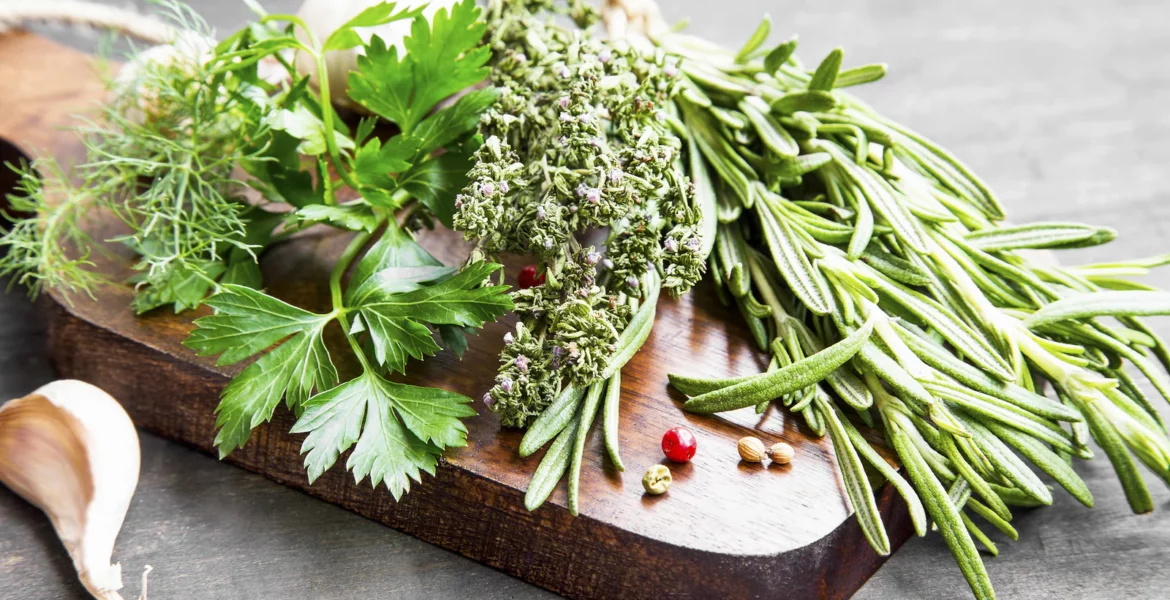From ancient spice routes to Michelin-starred kitchens, herbs have shaped the way we cook, eat, and experience food. These fragrant leaves and stems may be small, but their impact on global cuisine is anything but. More than just garnish, herbs have historically been used to preserve food, mask spoilage, and symbolize health and wealth — long before they became stars in their own right. Today, they define regional flavors, elevate humble dishes, and connect us to centuries-old traditions. Here’s a celebration of the herbs that transformed the culinary world.
Basil
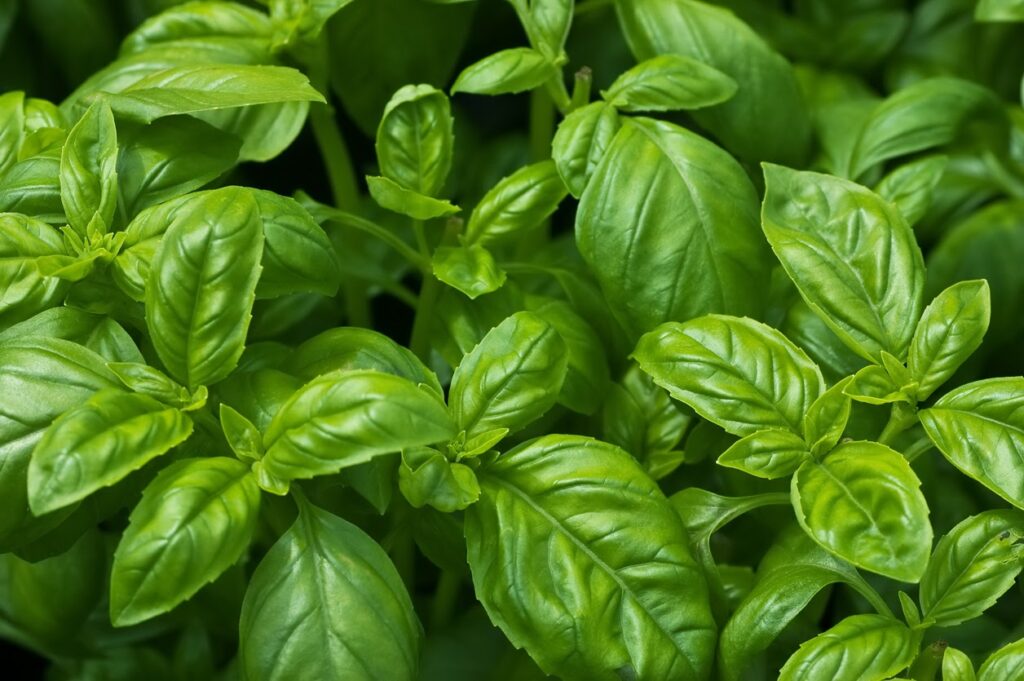
Basil is one of the most widely used and beloved herbs in cooking, especially in Italian and Mediterranean cuisines. Its sweet, peppery aroma forms the backbone of classics like Caprese salad, Margherita pizza, and pesto. Beyond Italy, different varieties — like Thai basil — play key roles in Southeast Asian dishes.
Historically, basil has been associated with everything from royalty to rituals. Today, it’s a symbol of freshness and simplicity, proving that a handful of leaves can define an entire cuisine.
Cilantro
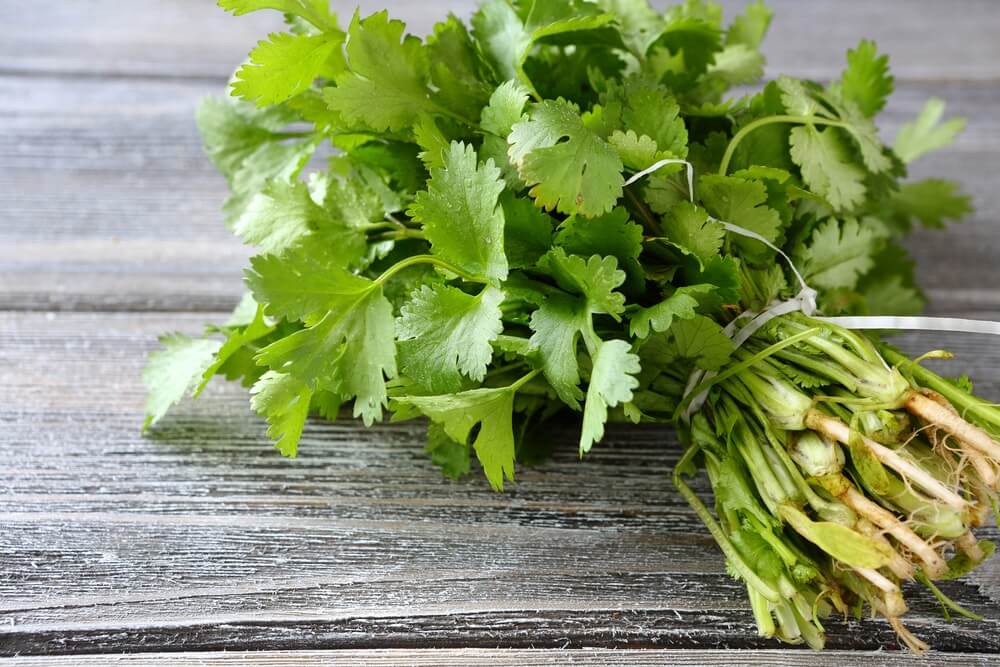
Few herbs stir opinion like cilantro, but its culinary influence is undeniable. Fresh and citrusy, it’s a staple in Mexican salsas, Indian chutneys, Thai soups, and Middle Eastern salads. Its seeds, known as coriander, add warmth and depth to spice blends worldwide.
Cilantro’s adaptability across so many cultures speaks to its versatility. Whether as a garnish or a key ingredient, it continues to bring brightness and complexity to dishes around the globe.
Rosemary
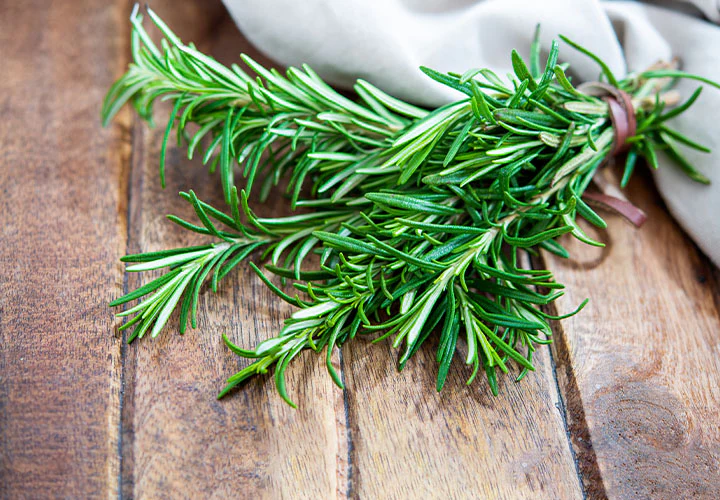
With its needle-like leaves and bold aroma, rosemary is a cornerstone of Mediterranean cooking. It pairs beautifully with roasted meats, potatoes, and breads, and has long been associated with memory and healing in folklore.
More than just a flavor enhancer, rosemary’s presence in food reflects an earthy, rustic quality that brings comfort and tradition to the table. Its enduring popularity lies in its ability to elevate even the simplest dishes.
Mint
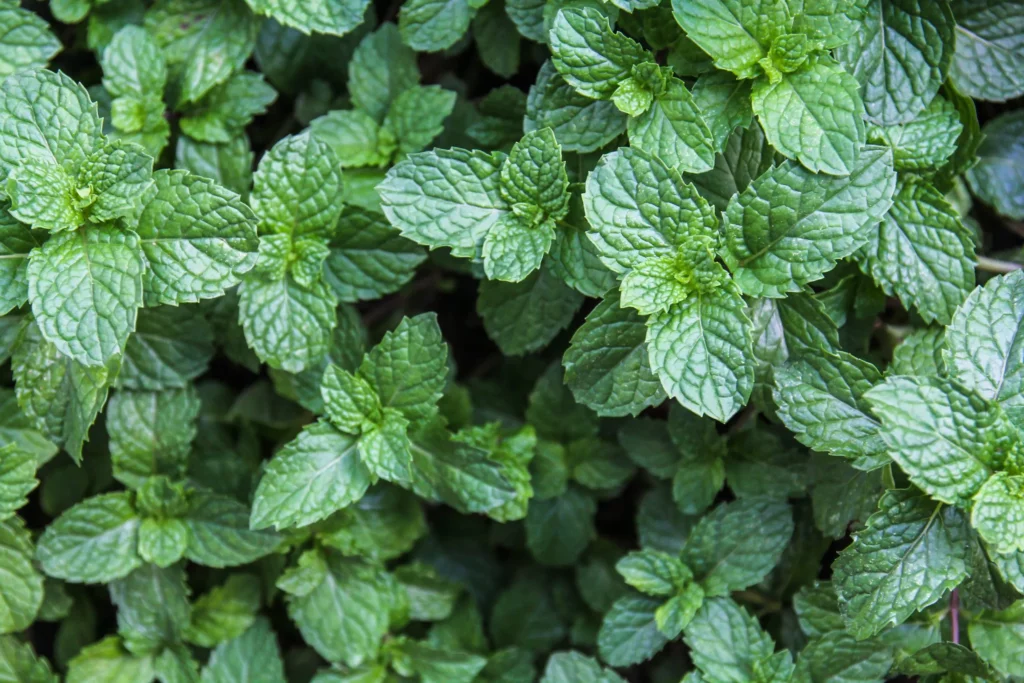
Cool, sweet, and invigorating, mint brings a refreshing twist to both savory and sweet recipes. It’s essential in Middle Eastern cooking — think tabbouleh, lamb dishes, and mint tea — and widely used in Southeast Asian, Indian, and North African cuisines.
Mint’s versatility extends to beverages and desserts, from mojitos to ice creams. Its global reach and bright flavor make it one of the most universally loved herbs.
Thyme
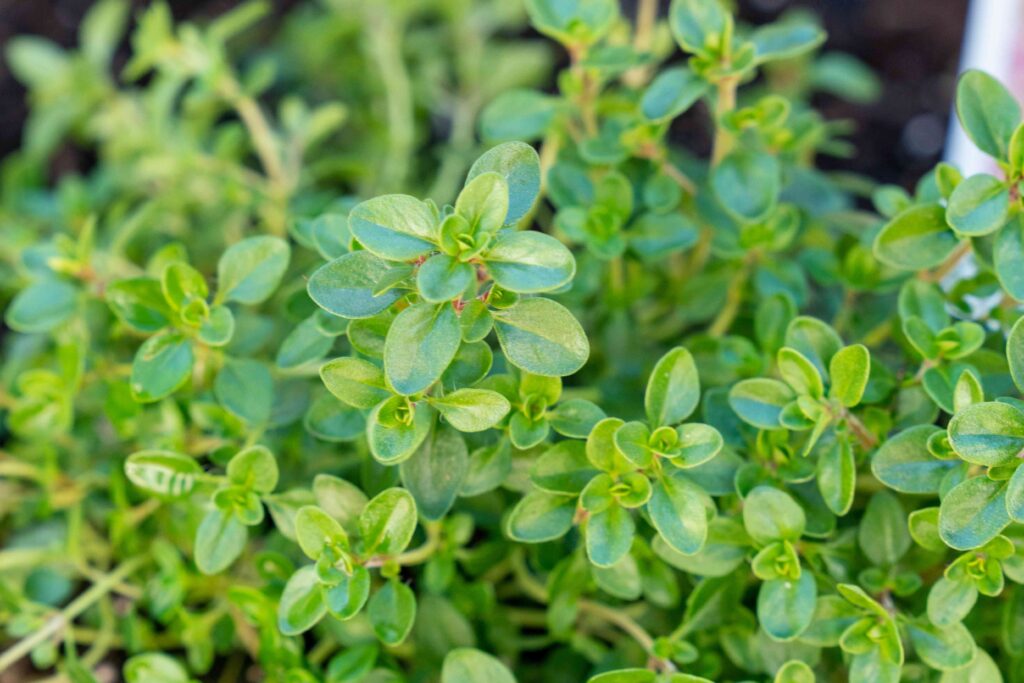
Thyme may be subtle in appearance, but its flavor is deeply earthy and complex. It plays a foundational role in French cuisine — particularly in slow-cooked dishes, stocks, and sauces — and is often found in herb blends like bouquet garni and za’atar.
With its ability to harmonize with a range of ingredients, thyme is an herb that quietly does the heavy lifting in countless kitchens. It’s a classic that never goes out of style.
Oregano

Few herbs evoke the flavor of home cooking like oregano. Prominent in Italian and Greek cuisines, it’s often found in pizza sauces, grilled meats, and tomato-based dishes. In Latin America, especially Mexico, oregano plays a key role in spice blends and stews.
Its warm, slightly bitter flavor cuts through richness, enhancing everything from marinades to soups. Oregano’s boldness has made it a go-to herb in kitchens both traditional and modern.
Parsley
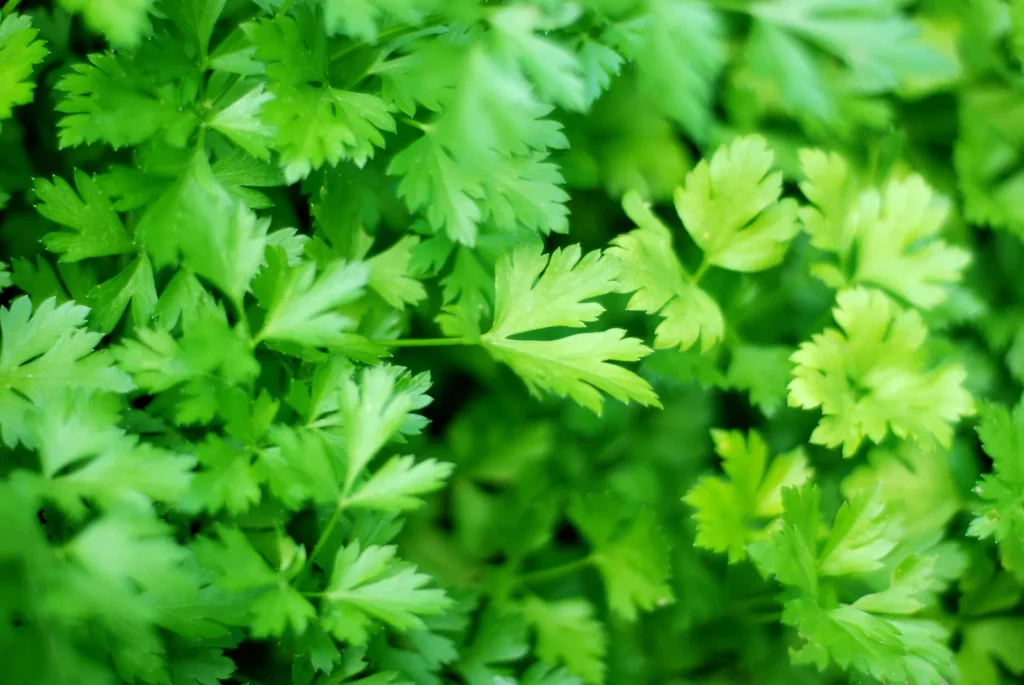
Often seen as just a garnish, parsley is far more than decoration. With its clean, slightly peppery taste, parsley enhances and balances a wide range of dishes. It’s the base of herbaceous sauces like chimichurri and gremolata, and central to Levantine salads like tabbouleh.
Flat-leaf (Italian) parsley in particular is prized for its stronger flavor and ability to bring freshness to pastas, grains, meats, and seafood. Its subtle versatility has made it a quiet but essential culinary staple.
[Contributed By Anushka Gaikwad]

